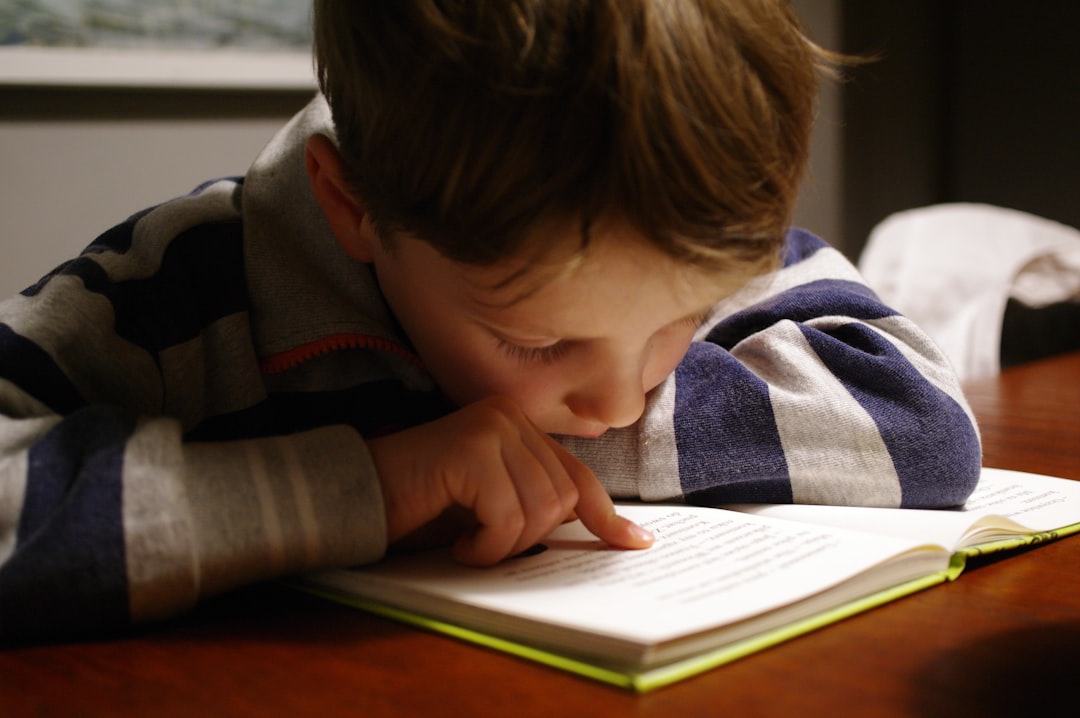What is it about?
Twice-exceptional individuals possess gifts and talents alongside learning difficulties. The unique combinations of these exceptionalities typically hinder an individual's ability to perform to their actual potential in a mainstream school context. This research investigated the perceptions of three twice-exceptional students over their time of transfer from Year 8 (middle school) to Year 9 (high school) in New Zealand. The study aimed to investigate how these students' complex combinations of learning strengths and difficulties were perceived as being catered for over this time of transition to a new school.
Featured Image
Why is it important?
Twice-exceptional students typically underachieve for their potential in mainstream schools. Investigating why this occurs is critical to understanding how educators can better address the learning needs and capabilities of these students.
Perspectives
As I identify as having some learning difficulties alongside learning strengths, the advancement of research into this area is important to me on a personal, as well as professional, level. Investigating new approaches to better support neurodiverse individuals is central to addressing issues of social justice in education. In this respect, the support of my co-authors in this study, as well as in further developing my research in this area, has been invaluable.
Dr Susan J Ng
University of Auckland
Read the Original
This page is a summary of: Hidden in Plain Sight, Gifted Child Quarterly, October 2016, SAGE Publications,
DOI: 10.1177/0016986216656257.
You can read the full text:
Contributors
The following have contributed to this page










